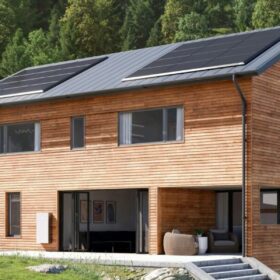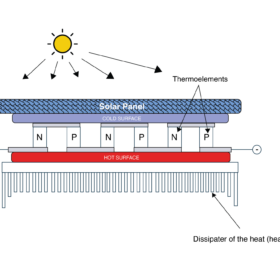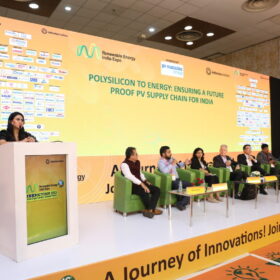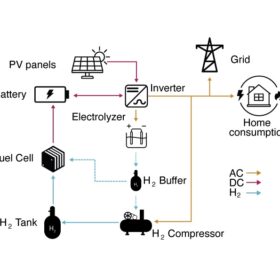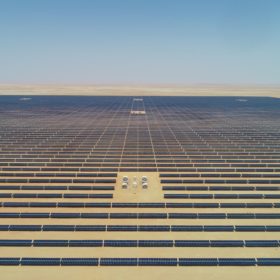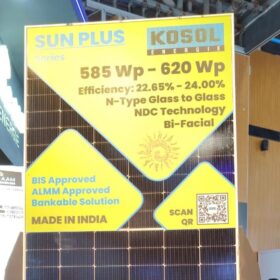Israeli startup launches agrivoltaic pilot in desert with double-axis sun tracking
Agri-Light has launched its first pilot agrivoltaic project, using a two-axis solar installation on a rail system to move solar panels horizontally above a vineyard in the Negev Desert. The results are due this summer, and the company plans to build commercial projects in Israel and Spain next year.
Tesla launches Powerwall 3 in UK & Germany
Almost ten years after the “Powerwall 1,” US EV giant Tesla has launched its home battery system, Powerwall 3, in the United Kingdom and Germany. The Powerwall 3 is being officially presented at The smarter E Europe this week.
Scientists claim PV systems combined with thermoelectric cooling may achieve 6-year payback time
Scientists in South Africa have modeled a photovoltaic system connected to a thermoelectric cooling device and have found it may produce around 9.2% more electricity than conventional PV system without cooling. The research team claims the proposed system guarantees a minimum cost saving of 10.56%.
Novel hydrophobic, antireflective coating for solar glass
Slovakian scientists have developed a novel hydrophobic, antireflective coating for solar glass with a silica-titania thin film as the bottom layer and an inorganic-organic upper layer made of silica modified with triethoxy(octyl)silane. This new coating increases glass transmittance by 7% compared to uncoated glass.
Techno-economic feasibility of hydrogen storage in hydro-dominated countries
Scientists have investigated different techno-economic scenarios for using hydrogen storage in combination with hydropower and pumped hydro storage in Switzerland. They have found that hydrogen storage plays no major role under most conditions.
The warming effect of PV on land surface temperature
Researchers in Japan have analyzed the warming effect of photovoltaic system on land surface temperature around the Kushida River Basin for ten years and have found this value increased by an average of 2.85 C.
Off-grid solar-wind power plant design for green hydrogen generation
Scientists in Czechia have conducted a techno-economic analysis of a green hydrogen production system powered exclusively by photovoltaic and wind energy. The system uses surplus energy for water treatment and, according to its creator, can achieve a levelized cost of hydrogen of $3.12/kg.
New metallization tech for HJT solar cells minimizes silver use, increases efficiency
German research institute Fraunhofer ISE has unveiled a new metallization process for heterojunction solar cells that reportedly increases power conversion efficiencies by over 0.1% while reducing silver consumption. A device built with the new technique achieved an efficiency of 23.2%.
New model shows how to power homes exclusively with hydrogen, solar, batteries
Researchers in Spain has found that combining PV power generation with fuel cells and battery storage may help homes considerably reduce their levelized cost of energy. Their simulation reportedly demonstrated homes may also become completely self-sufficient.
Schneider Electric launches new storage systems for microgrids
The France-based group said its has released two new BESSs with enclosures of 7ft and 20ft. Their power ranges from 60 kW to 500 kW.

